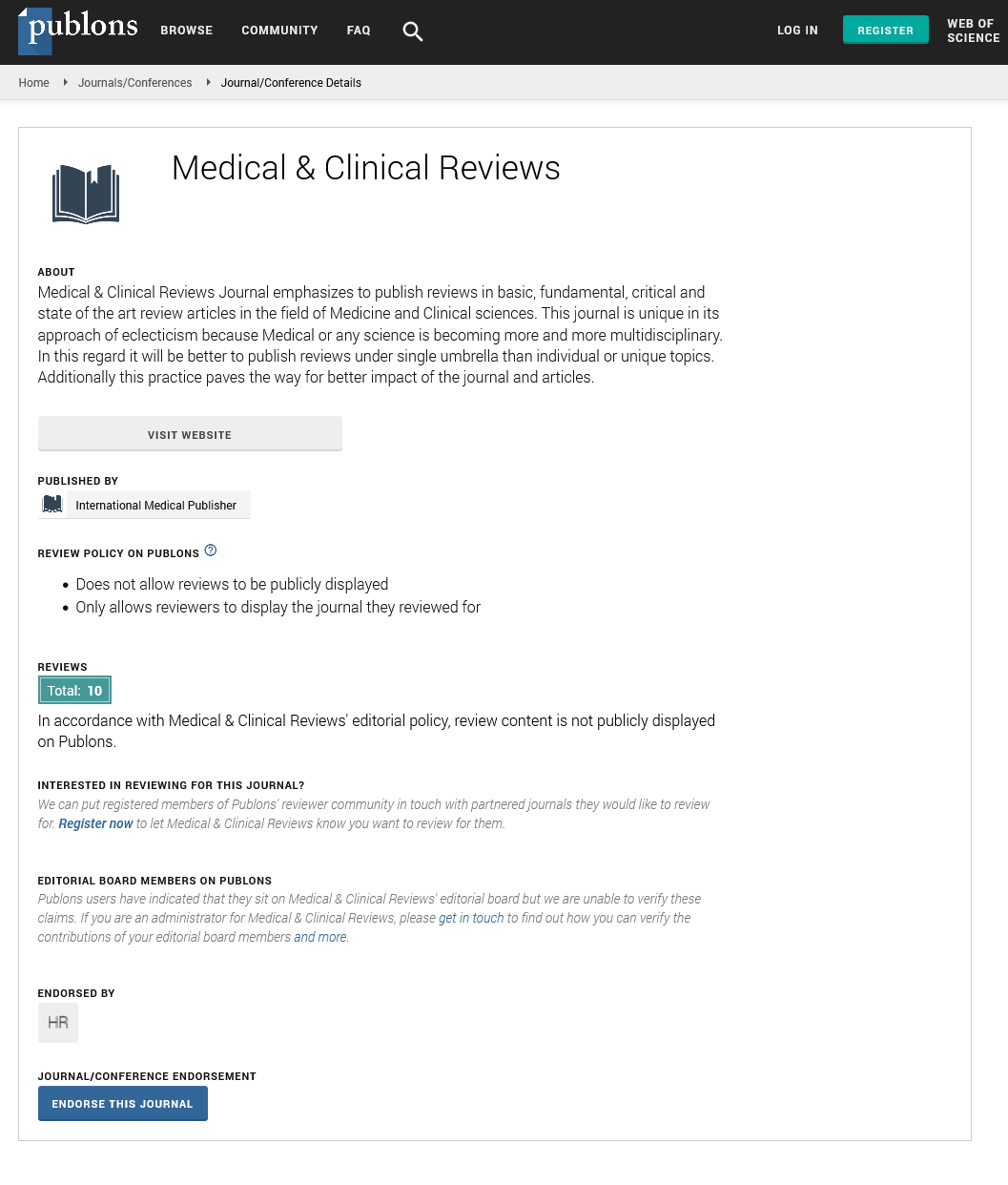Abstract
Periodontitis- A Review
The early form of periodontitis is gingivitis where inflammatory changes including bleeding and swelling are restricted to marginal gingiva and surrounding connective tissue, without the involvement of periodontal ligament. Periodontitis occurs when inflammatory changes reach the periodontal ligament and alveolar bone ultimately leading to tooth loss. The underlying cause of the disease is the presence of a polymicrobial biofilm that forms as plaque on the tooth surface and the resulting host response that this plaque induces. Inflammatory responses are initiated by a number of late stage colonizers and the virulence factors they produce. Among these late stage pathogens is P. gingivalis, a Gram negative, asacchrolytic bacterium with a large arsenal of virulence factors. P. gingivalis produces up to 13 virulence factors involved in host evasion and 21 virulence factors involved in tissue destruction. The presence of these virulence factors induces the production of proinflammatory chemokine and cytokine responses often seen in the saliva and gingival crevicular fluid of individuals with periodontitis.
Author(s):
Aakash Shah
Abstract | Full-Text | PDF
Share this

Google scholar citation report
Citations : 906
Medical & Clinical Reviews received 906 citations as per google scholar report
Medical & Clinical Reviews peer review process verified at publons
Abstracted/Indexed in
- Google Scholar
- China National Knowledge Infrastructure (CNKI)
- Directory of Research Journal Indexing (DRJI)
- WorldCat
- Publons
- Secret Search Engine Labs
Open Access Journals
- Aquaculture & Veterinary Science
- Chemistry & Chemical Sciences
- Clinical Sciences
- Engineering
- General Science
- Genetics & Molecular Biology
- Health Care & Nursing
- Immunology & Microbiology
- Materials Science
- Mathematics & Physics
- Medical Sciences
- Neurology & Psychiatry
- Oncology & Cancer Science
- Pharmaceutical Sciences


